The Chinese Are Coming!
Or not. Despite all the noise about a Chrysler – Chery hook-up, despite Chinese manufacturers' presence at the North American International Auto Show, we have yet to see a single Chinese-built (let alone designed) vehicle here in the U.S. So, are they really coming? The short answer is yes, some of them, eventually. But not for quite a while yet.
The number one reason we haven’t see Chinese (or Indian for that matter) cars on these shores: home markets. Right now, the Chinese market is growing at a rabid clip. Local automakers are more concerned with increasing production and filling newly emerging gaps and niches than sinking scarce foreign currency into expensive export drives.
Before Chinese automakers look east (or south or west), their home market must reach a saturation point– a pause that may take a decade or more to realize. Sure, they may dip their toes in low-cost developing nations, but the real action is at home. Taking their eyes off the domestic market is a one-way ticket to marginalization.
This brings us to point two: there are a LOT of Chinese automakers and just one party running the country.
You might think this could lead to issues of favoritism, once some of the makers make the leap abroad. That ain’t the half of it. Being a single-party government does not mean that the government has only one thought process (look at Chicago). Any Chinese maker looking to dive into the U.S. market must trust that China’s government officials will go to bat for them in international trade negotiations. At the same time, the automaker has to worry about all the officials they DON’T own cutting them off at the knees (or worse).
There’s an even bigger problem with cracking the American market: the sheer scale of the undertaking.
To capture American market share, a carmaker needs dealers, parts, lawyers (lots of lawyers), national advertising, administrative staff, buildings, food, someone to keep the U.S. government happy and God knows what else. These are huge sunk costs.
Worse, all of these capital costs, goods and services must be paid in dollars– one case where a Chinese company’s main cost advantage cuts back at them. Toyota and Nissan took 10 years to crack the American market. Hyundai took about seven to eight years to gain a toehold. And those are the “successes.” The list of car companies who failed in the American car market is long and illustrious, including Fiat, Peugeot, TVR and many more.
Of course the Chinese could get a partner. After all, there are plenty of “joint” Chinese/foreign companies in their home market (and a few pure Chinese ones). And yet none have brought a Chinese-made vehicle stateside.
Again, their recalcitrance may be a matter of rational economics (make money in the booming market, don’t branch out). It may also represent a lack of trust re: reliability/build quality of Chinese-made vehicles. The dearth may also reflect a desire by Chinese companies not to give their “partners” leverage– in case they try to “nationalize” the subsidiaries.
But the biggest inhibition is history. Emigrating as a “captive” import has never been a path to American manufacturing glory. Isuzu just left, Suzuki hasn’t yet (but no one can really tell), Renault/AMC didn’t exactly set the world on fire. “Going it alone” would be a dangerous path for a Chinese automaker, but it at least offers the chance of success. The major players make lousy pimps.
Buying out an unsuccessful U.S. dealer network would seem to be the quick way around many of these problems. The problem here is with what’s available, or likely to become available soon. Isuzu’s dealer network was nothing to write home about: sparse, truck-centered and closely tied to GM. On the other hand, if Chrysler should go on the block, it would be if anything, worse.
The first problem is scale. There are far too many Chrysler dealers right now (it’s one of the reasons they’re in so much trouble). As they stand, none of the Chinese automakers could fill a supply channel larger than Honda’s (with two to three times the dealers). Also, any procedure that sees Chrysler go on the block is likely to void most of the dealer contracts. “Chery”-picking may be possible once the dust settles. But in that case, there’s little difference from starting an all-new network (certainly not in terms of cost).
All that said, the Chinese may still venture stateside. Believe it or not, failure will signal their arrival. Sooner or later, the Chinese market will stabilize—or tank (saturation, outside economic factors, government instability). Once the domestic market cools off, an established Chinese domestic car company or three will fail. Some of the survivors will merge. Others will look overseas for their survival. Then, the Chinese automakers will finally arrive in America, in force.
More by Andrew Dederer
Latest Car Reviews
Read moreLatest Product Reviews
Read moreRecent Comments
- Arthur Dailey 'Ere it's a nice little runner.Actually anyone with my log-in/sign-in name and picture absolutely should not be commenting on this article.
- Arthur Dailey Is the original Legend absolute peak Honda?
- MaintenanceCosts Curb weight of this version is likely north of 4500 pounds. Expect it to feel like a W221 S-Class, not a sporty coupe.
- Parkave231 New Oldsmobiles are in early this year.
- MaintenanceCosts "While there are absolutely exceptions, the days of the super-sleazy used car dealer seem to be behind us here in the States."Citation needed.



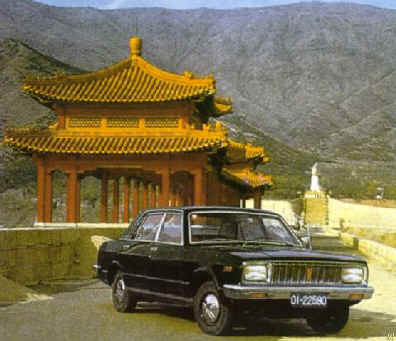















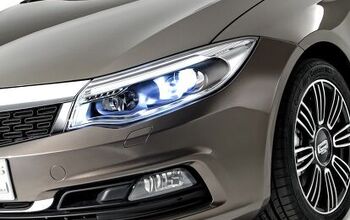
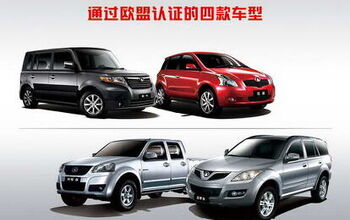
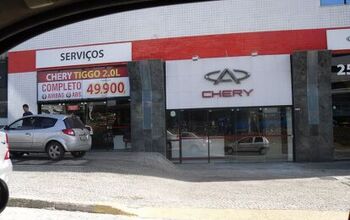
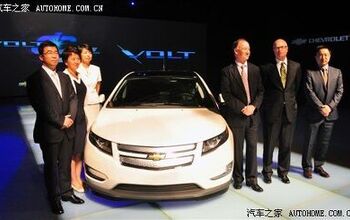
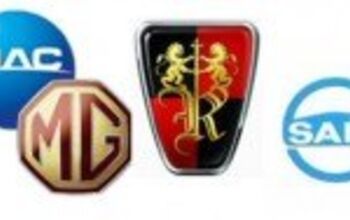
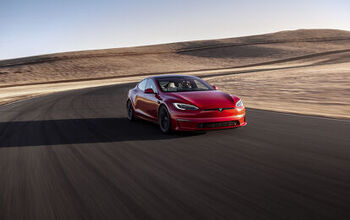

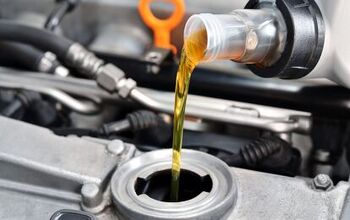

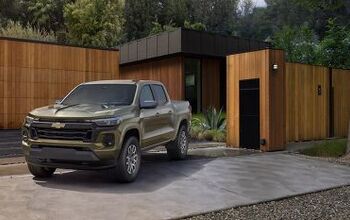
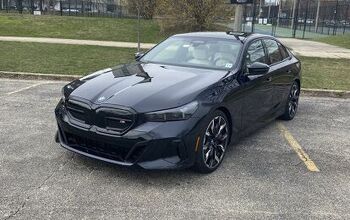


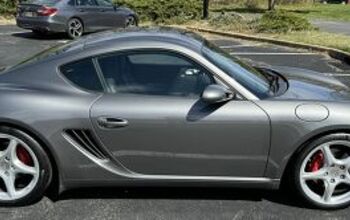

Comments
Join the conversation
I gotta say that if you think the Chinese and Indian companies can't make it here because they can't deal with the regulations, you need to do a little more research. The Mandarins invented bureaucracy.
The direct sales model would seem to be the lowest risk/highest reward model. Tour the US at malls, Wal-Marts and college campuses with low cost shit boxes a la Hyundai 1987, and sell them with lots of content for a little money. The real issue would seem to be the high cost of safety equipment and testing.